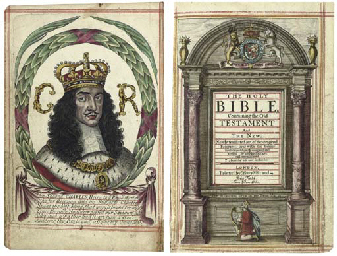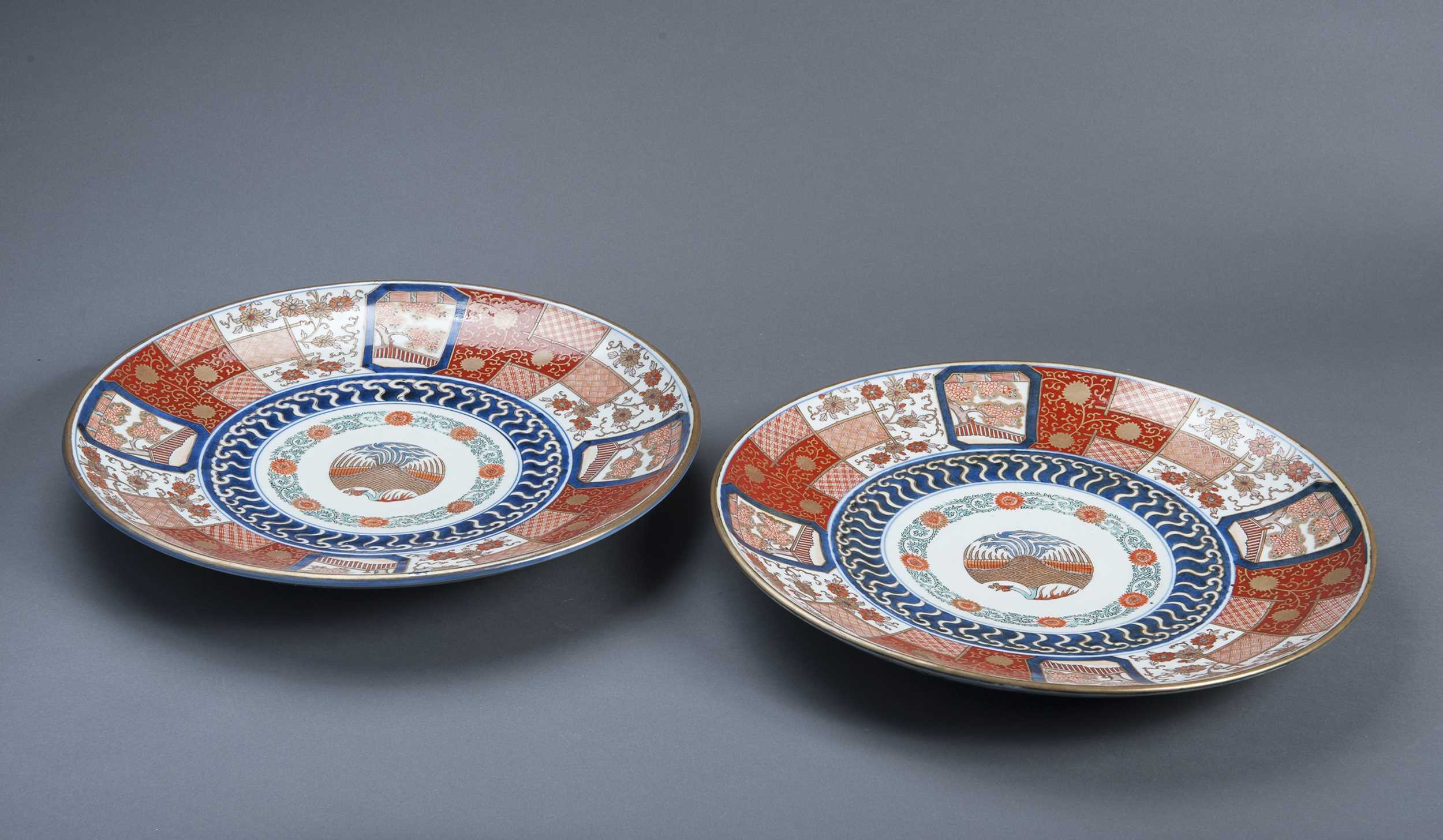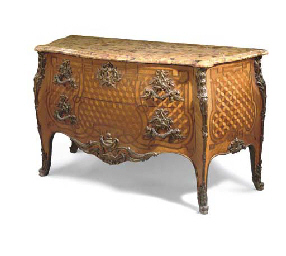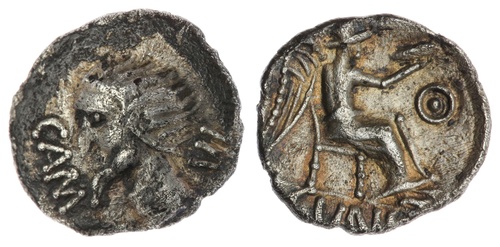The "flaming fields" of Vesuvius, a magnificent and obsessive work William Hamilton 1776 & 1779 HAMILTON, Sir William (1730-1803). Campi Phlegraei. Observations on the Volcanos of the Two Sicilies. Naples: [Pietro Fabris,] 1776, 1779. The first edition, complete with supplement, of Hamilton's magnificent “superbly illustrated work on the volcanic region around Naples” (Rudwick). Hamilton, the English ambassador to the Kingdom of Naples from 1764 to 1800 and a prolific collector of Greek vases, became captivated by the grandeur of Vesuvius. He collected specimens, led tours, and devoted himself to the scientific study of the volcano. He obsessively documented the 1765-67 eruption of Vesuvius, recording his observations in several letters to the Royal Society which were later printed as a book, cementing him as the “outstanding scientific authority” of the region (Rudwick). The present work is the result of his desire to give the public a taste of his experience of the volcano; he writes in the introduction: “I flatter myself at least by these exact representations of so many beautifull scenes, all of which have been undoubtedly produced by the explosions of volcanos, that this tremendous operation of nature will now be consider’d in a creative rather than a destructive light.” The Campi Phlegraei “provided a clearer, more precise and useful explanation of volcanic activity than ever published before” (Jenkin and Sloan). It republishes Hamilton’s original letters, with the addition of a supplement recounting Vesuvius’s 1779 eruption. The work’s remarkable hand-colored plates, after the work of artist Peter Fabris and executed under the watchful eye of Hamilton himself, depict the changing rim of the erupting Vesuvius, as well as other volcanoes in the region, lava samples, and dramatic views of the region. Hamilton chose Fabris after the artist had accompanied him on a trip Sicily in 1768, believing him to be uniquely capable of capturing the campi phlegraei with the perfect balance of accuracy and beauty. The plates often depict Hamilton and Fabris, in red and blue coats respectively, moving through the landscape together. The fineness of the engravings coupled with the rich coloring “give[s] the appearance of a mezzotint” (Jenkin and Sloan). Campi Phlegraei did a great deal to cement the romance of the volcano in popular culture, and to promote Vesuvius as a major destination during the grand tour (ODNB). Brunet III, 31 (“Interesting and well-executed work”); ESTC T71231 (parts I-II); I. Jenkins & K. Sloan, Vases and Volcanoes , cat. 43; Lowndes II, p. 989; M.J.S. Rudwick, Bursting the Limits of Time (2005), p. 30. Three parts in 2 volumes, folio (455 x 318mm). Title pages, 59 hand-colored plates after Fabris, each with wide margins washed in grey; double-page hand-colored engraved map of the Gulfs of Gaeta and Naples by J. Guerra after Fabris (faded dampstain visible on reverses of some plates and some text leaves; color darkened/oxidized on some plates; some minor toning and spotting to text and plate margins not affecting image). Rebound in the 20th century preserving contemporary red morocco boards and endpapers. Provenance: Two unidentified late 18th and early 19th-century library stamps – Henry Maxwell, 7th Baron Farnham (1799-1868; bookplate) – Yorkshire Philosophical Society, Tempest Anderson Bequest (bookplate dated 26 August 1913, embossed YPS stamp in upper margin of each plate outside image).
The "flaming fields" of Vesuvius, a magnificent and obsessive work William Hamilton 1776 & 1779 HAMILTON, Sir William (1730-1803). Campi Phlegraei. Observations on the Volcanos of the Two Sicilies. Naples: [Pietro Fabris,] 1776, 1779. The first edition, complete with supplement, of Hamilton's magnificent “superbly illustrated work on the volcanic region around Naples” (Rudwick). Hamilton, the English ambassador to the Kingdom of Naples from 1764 to 1800 and a prolific collector of Greek vases, became captivated by the grandeur of Vesuvius. He collected specimens, led tours, and devoted himself to the scientific study of the volcano. He obsessively documented the 1765-67 eruption of Vesuvius, recording his observations in several letters to the Royal Society which were later printed as a book, cementing him as the “outstanding scientific authority” of the region (Rudwick). The present work is the result of his desire to give the public a taste of his experience of the volcano; he writes in the introduction: “I flatter myself at least by these exact representations of so many beautifull scenes, all of which have been undoubtedly produced by the explosions of volcanos, that this tremendous operation of nature will now be consider’d in a creative rather than a destructive light.” The Campi Phlegraei “provided a clearer, more precise and useful explanation of volcanic activity than ever published before” (Jenkin and Sloan). It republishes Hamilton’s original letters, with the addition of a supplement recounting Vesuvius’s 1779 eruption. The work’s remarkable hand-colored plates, after the work of artist Peter Fabris and executed under the watchful eye of Hamilton himself, depict the changing rim of the erupting Vesuvius, as well as other volcanoes in the region, lava samples, and dramatic views of the region. Hamilton chose Fabris after the artist had accompanied him on a trip Sicily in 1768, believing him to be uniquely capable of capturing the campi phlegraei with the perfect balance of accuracy and beauty. The plates often depict Hamilton and Fabris, in red and blue coats respectively, moving through the landscape together. The fineness of the engravings coupled with the rich coloring “give[s] the appearance of a mezzotint” (Jenkin and Sloan). Campi Phlegraei did a great deal to cement the romance of the volcano in popular culture, and to promote Vesuvius as a major destination during the grand tour (ODNB). Brunet III, 31 (“Interesting and well-executed work”); ESTC T71231 (parts I-II); I. Jenkins & K. Sloan, Vases and Volcanoes , cat. 43; Lowndes II, p. 989; M.J.S. Rudwick, Bursting the Limits of Time (2005), p. 30. Three parts in 2 volumes, folio (455 x 318mm). Title pages, 59 hand-colored plates after Fabris, each with wide margins washed in grey; double-page hand-colored engraved map of the Gulfs of Gaeta and Naples by J. Guerra after Fabris (faded dampstain visible on reverses of some plates and some text leaves; color darkened/oxidized on some plates; some minor toning and spotting to text and plate margins not affecting image). Rebound in the 20th century preserving contemporary red morocco boards and endpapers. Provenance: Two unidentified late 18th and early 19th-century library stamps – Henry Maxwell, 7th Baron Farnham (1799-1868; bookplate) – Yorkshire Philosophical Society, Tempest Anderson Bequest (bookplate dated 26 August 1913, embossed YPS stamp in upper margin of each plate outside image).














Testen Sie LotSearch und seine Premium-Features 7 Tage - ohne Kosten!
Lassen Sie sich automatisch über neue Objekte in kommenden Auktionen benachrichtigen.
Suchauftrag anlegen